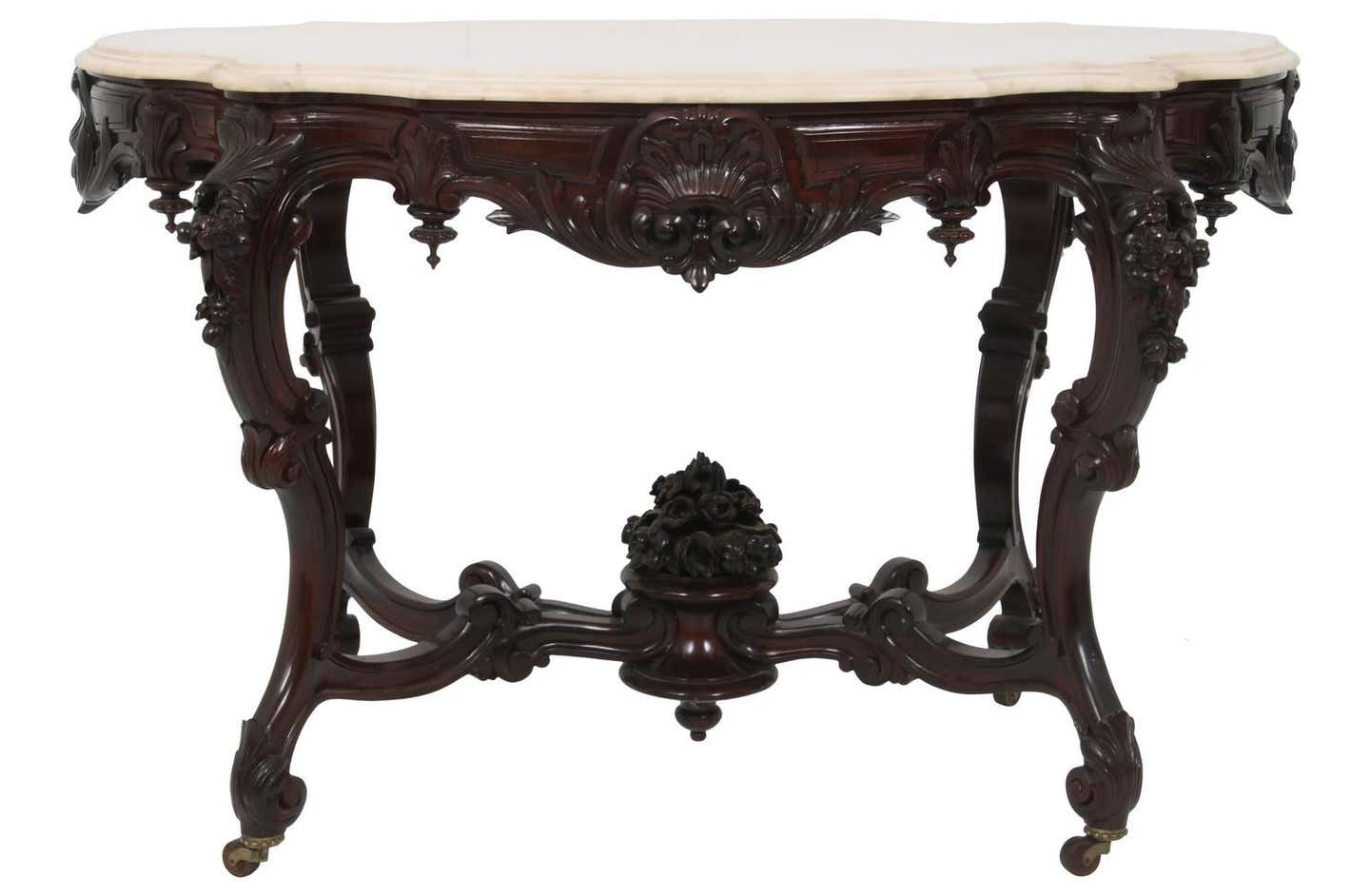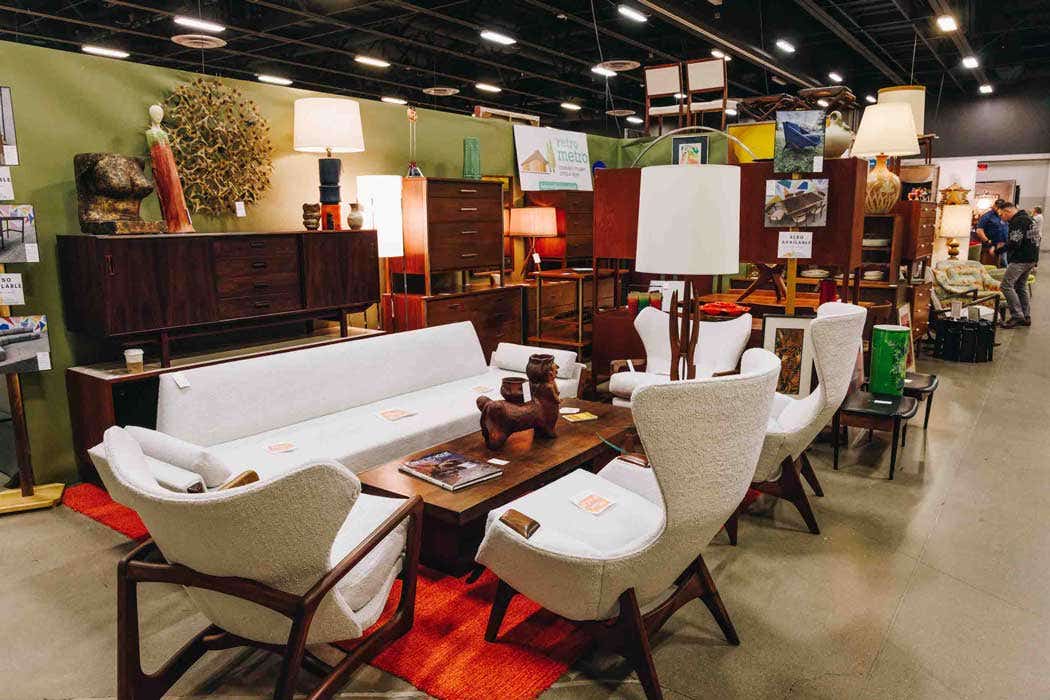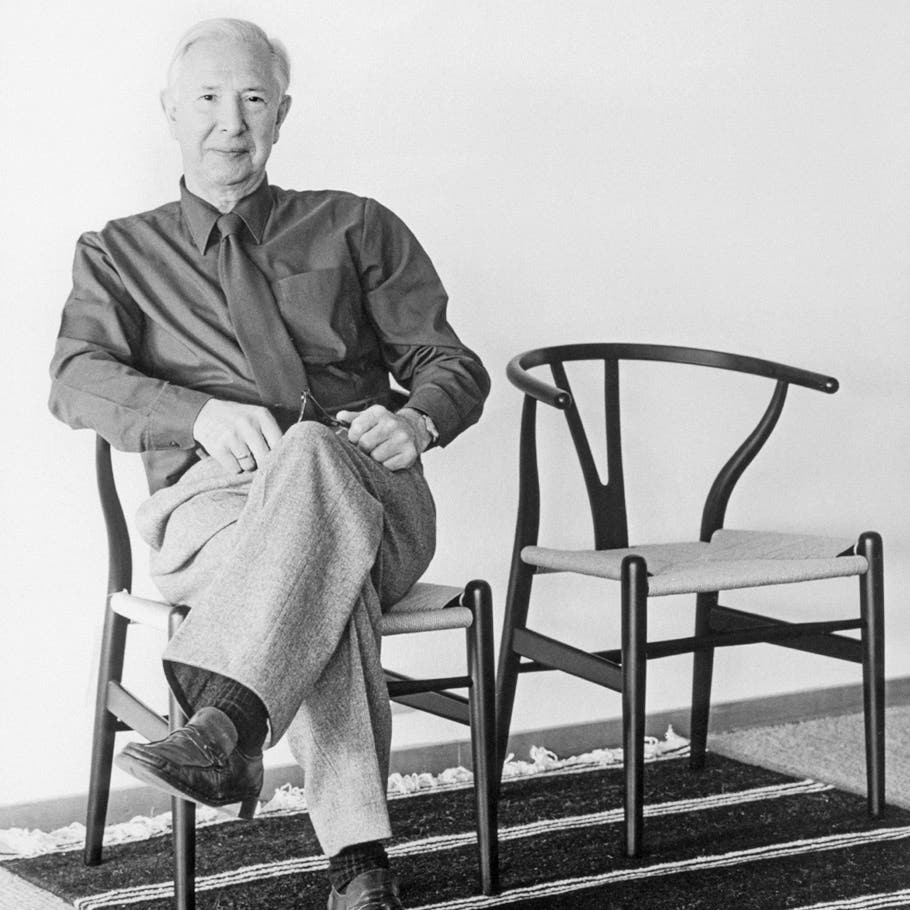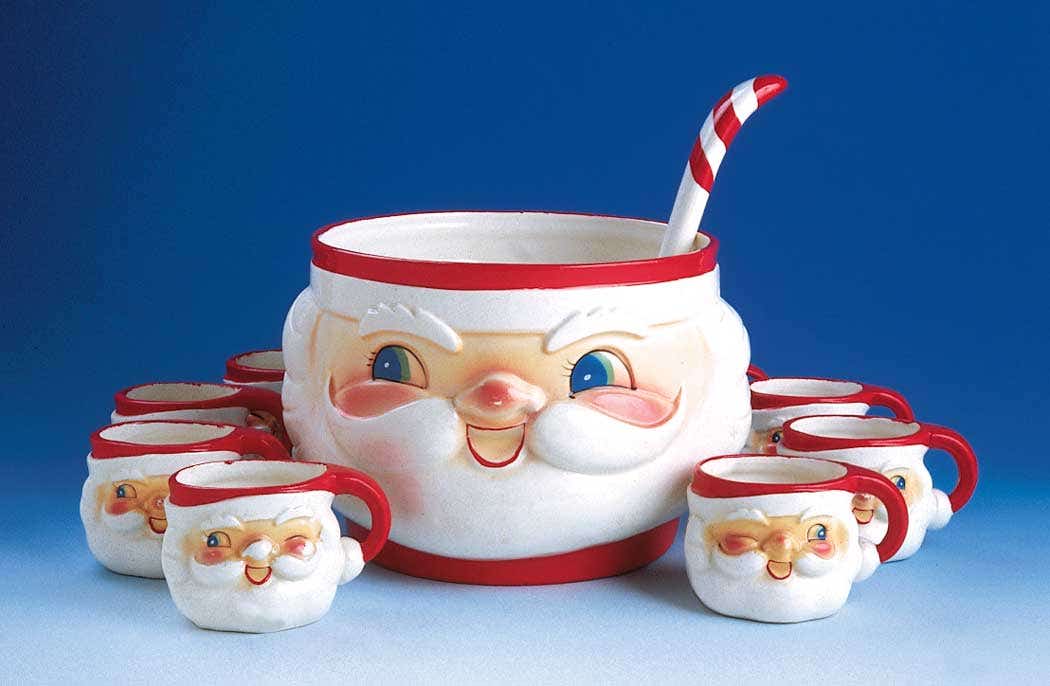Furniture Detective: Determining table type is as easy as measuring
In his most recent column, Furniture Detective Fred Taylor discusses the importance of size in determining the true identity of antique furniture like tables.
I have recently acquired a Victorian slate top table. The buyer told me that there is a duplicate of this table in the Texas Governor’s Mansion. It was supposedly pictured in an article in 1977. I will try to include a picture. Any information would be greatly appreciated.
— “Wolfie”
There probably is a duplicate of this table in the Texas Governor’s Mansion – as well as in several thousand other places. This factory-made walnut Renaissance Revival table was probably produced in the Midwest between 1860 and 1880. According to Kathryn McNerney, in her book “Victorian Furniture – Our American Heritage, Book II” (Collector Books, p. 152), “these tables were made in such vast quantities by so many manufacturers, they have survived for today’s searchers more than any other furniture items from the 19th century with the exception of side chairs.”
Almost the exact same table is shown on page 89 of “Victorian Furniture, Styles & Values” by Blundell (Collector Books).
The use of slate was not as common as marble or wood for the top surface, so it is a little
less common in that department. It is a nice table and should be highly prized for its excellent condition and its fine representation of such a popular form. Such tables are often available at very reasonable prices, but they also frequently require some repairs that are somewhat difficult to execute properly.
In the mid-1980s my mother gave me a number of pieces of antique furniture, most of which did not appear to be labeled. If possible, I would like some general advice on how to get more information on their history and value and some specific information. Any suggestions/information would be much appreciated. One is a half-moon shaped table with a carved label underneath as follows “Imperial Tables, Grand Rapids, Imperial Furniture Co., 2304.”
The dimensions are 36 inches by 15 inches by 32 1/2 inches high. The rounded portion of the table has a curved edge. The three legs are carved with curves and are connected above the base by carved/curved pieces of wood. The bases of the legs are round. I found some literature about Imperial online but, again, no specific details about my particular table.
Imperial Furniture Company was started in 1903 by Stuart Foote in Grand Rapids, Mich. Imperial was first and foremost a maker of tables, although they did add a line of bookcases much later.
Tables like yours are based roughly on Colonial designs with the turnings on the legs, which are Jacobean (17th century) in origin and the shaped stretcher, which is of William and Mary design (late 17th/early 18th century). Tables with one flat side are called console tables, end tables or arm tables. The primary
difference is in the size. Arm and end tables, which are designed to be placed next to seating, are usually only 24 inches or so tall.
Console or foyer tables are for entryways and are traditionally placed under a tall mirror. The standard height for consoles is around 31 inches. That makes your table a console.
Your table probably dates from the 1930s and, like most tables of that period, is probably made primarily of gum, known euphemistically in the trade as “selected hardwood,” with a walnut or mahogany veneered top.
For more information about Imperial, see “Grand Rapids Furniture – The Story of America’s Furniture City” by Chris Carron, published by the Public Museum of Grand Rapids, and “American Manufactured Furniture” by Don Fredgant, published by Schiffer.
For more on console and end tables of the period, see “Furniture of the Depression Era” by Harriett and Robert Swedberg (Collector Books).
I have a chair that belonged to my grandmother that I thought was made of black walnut because it is so dark, almost black, but there are places that have worn through and it looks lighter in the worn spots.
I want to clean it to lighten up the finish but I want to preserve the original finish because I have been told never to refinish something this old since it will lose all value.
What should I use to lighten it up without hurting the original value? Thanks.
— B.W.
You have really touched a nerve here, and I don’t have room to completely address this subject in this column. The short story is that your chair is probably made of gum, maple or birch with an aniline dye to simulate the color of walnut. The original finish, probably shellac, has turned almost black as it oxidized over 100 years or so. If you think that black, dense, wrinkly look is attractive and valuable, then just clean the chair with mineral spirits and apply a coat of paste wax. It won’t “lighten up” the chair but it will be clean and shiny.
On the other hand, if you want to see the beauty of the chair that attracted Grandma to it in the first place, go ahead and refinish it and bring it back to life. Surely you are not about to sell Grandma’s chair, so what do you care what the market value is?
And you should be very careful about putting too much stock in such broad statements about the value, or lack of it, in old furniture. That usually comes from someone who is not a professional collector, dealer or restorer, but someone who has watched way too much television.
With more than 30 in the antique furniture business, Fred Taylor is a household name when it comes to the practical methods of identifying older and antique furniture: construction techniques; construction materials; and style.








